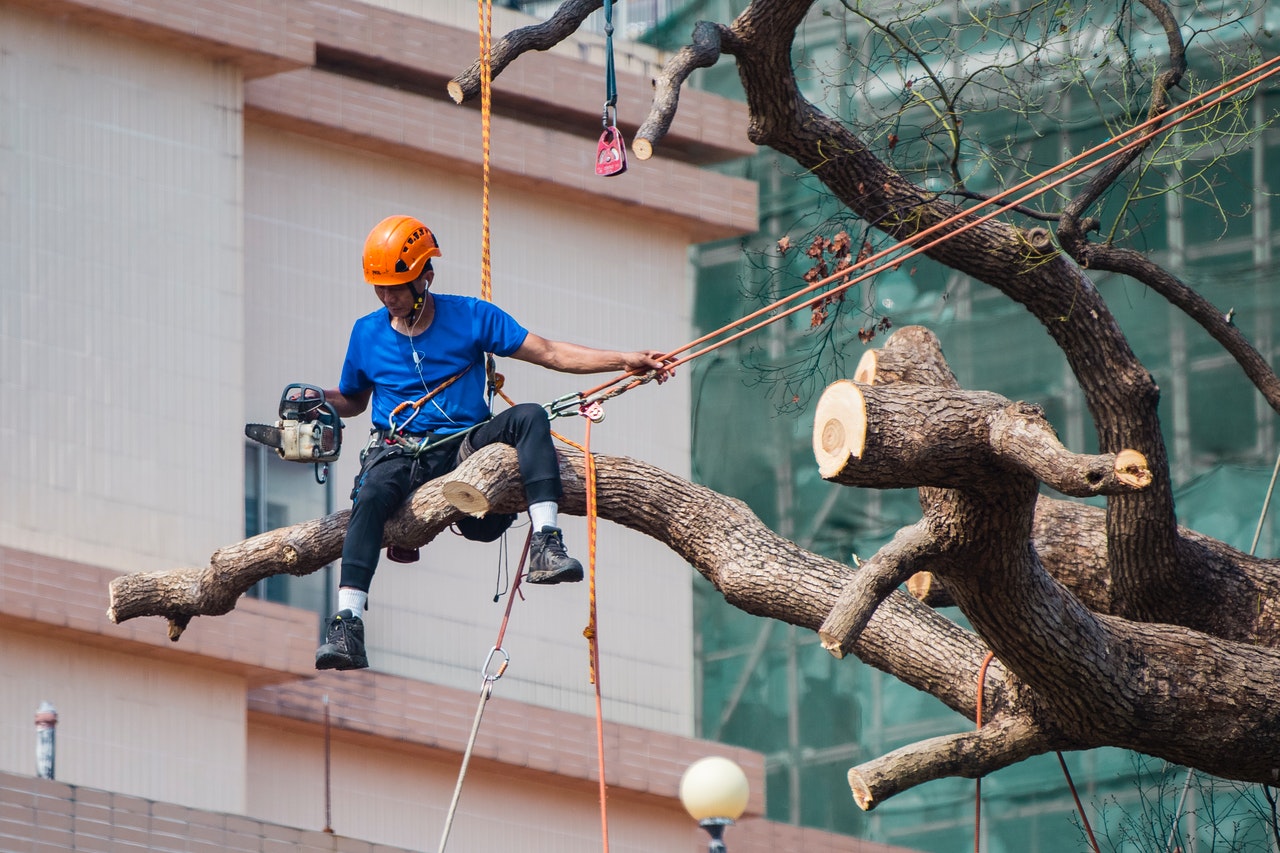Tree Pollarding
Benefits of Tree Pollarding

Tools We Use For Tree Pollarding
This is a breakdown of the tools we use and their uses:
Secateurs
Loppers
Chainsaw
Pruning saw
Shears
Hands
Long-reach pruner
Pole saw
The Procedure We Use for Tree Pollarding
Next, we remove any broken or diseased parts of the tree and cut off those that are more than 12 inches in length. We finish up our pollarding procedure with a paintbrush treatment consisting of lime sulfur diluted at 50% strength to prevent disease infection and insect infestation. Finally, we topcoat it all with an application of horticultural oil for the prevention of drying out over time.
Frequently Asked Questions
Can I pollard my own trees?
Why is pollarding used today?
We use this technique on large fruit trees like apples or pears, where we are looking at 20 years plus of production before these varieties would normally need replacing due to old age alone without pollarding.
Can pollarding kill a tree?
What is the difference between pollarding and coppicing?
Coppicing also allows more light to reach ground level, which makes it an excellent way of managing pollards near homes or walkways. “
